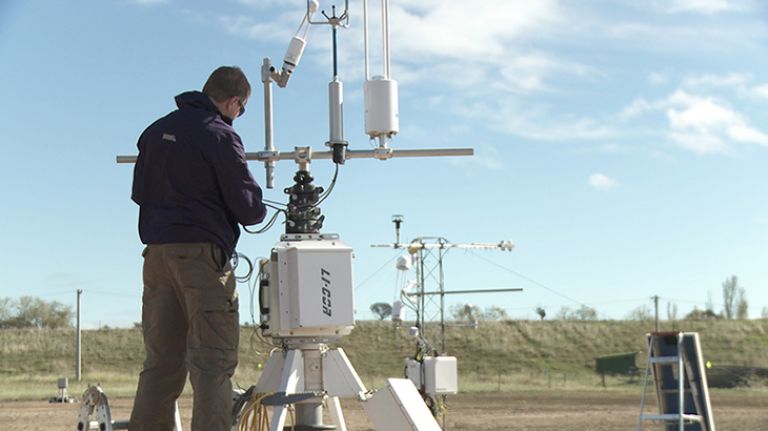Energy Resources
Page last updated:27 June 2014

Carbon capture, utilisation and storage (CCUS or CCS) is one of the technologies that can help to reduce our carbon dioxide (CO2) emissions to the atmosphere.

Hydrogen has the potential to be a significant source of export revenue for Australia, to assist with decarbonising Australia’s economy, and could establish Australia as a leader in low emission fuel production.

Information on Australia’s energy commodity resources, including estimates of remaining resources and production statistics for gas, oil, coal, uranium and thorium.

Petroleum resources include oil, gas, coal seam gas, oil shale and unconventional resources.

Coal is a fossil fuel of sedimentary origin that has formed by coalification of vegetation over millions of years. Black coal consists of the higher rank anthracite, bituminous and sub-bituminous coals. The lower rank brown coal is sometimes known as lignite.

A brief look at some of the other renewable energy resources in Australia including hydro, solar, ocean, wind and bioenergy.